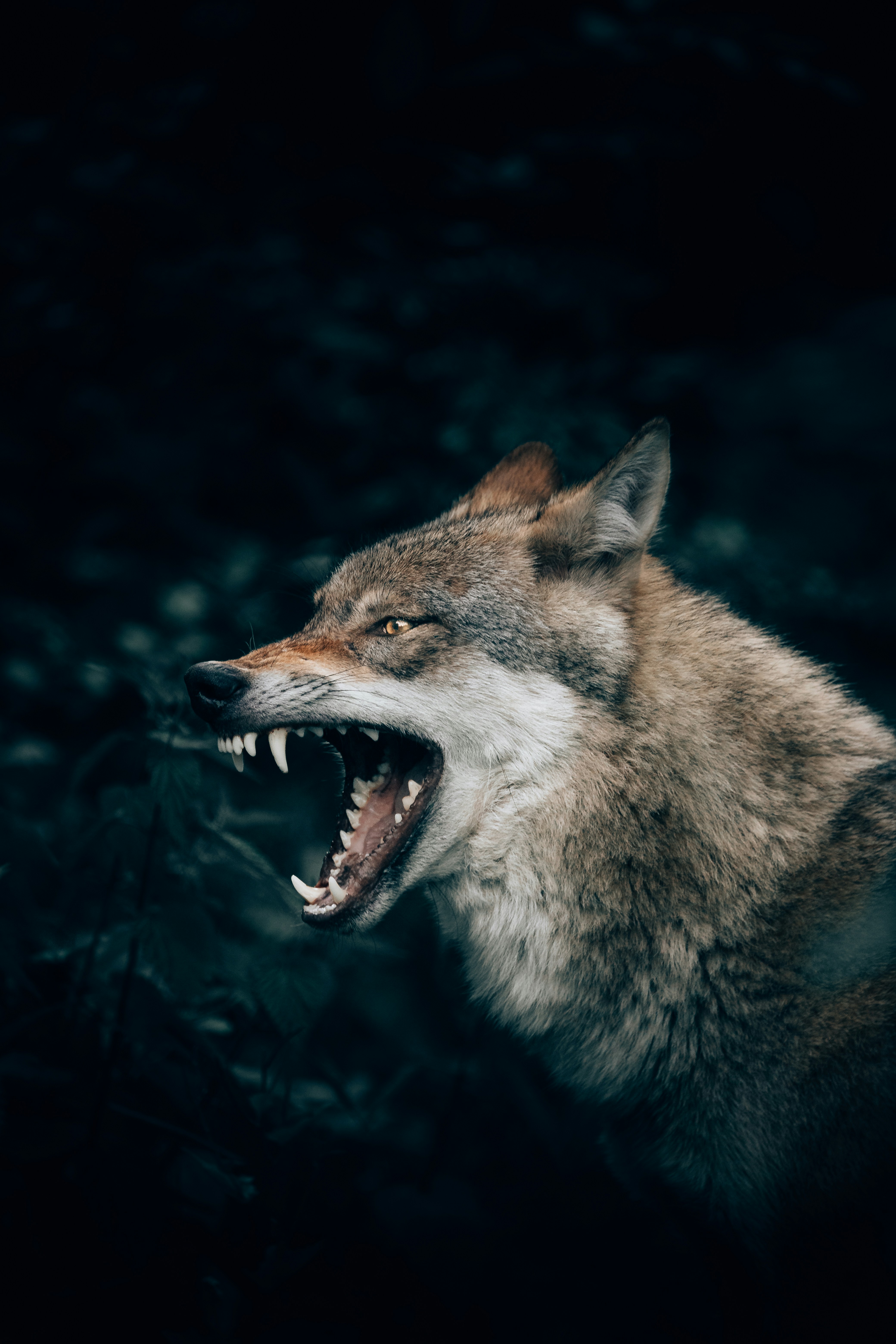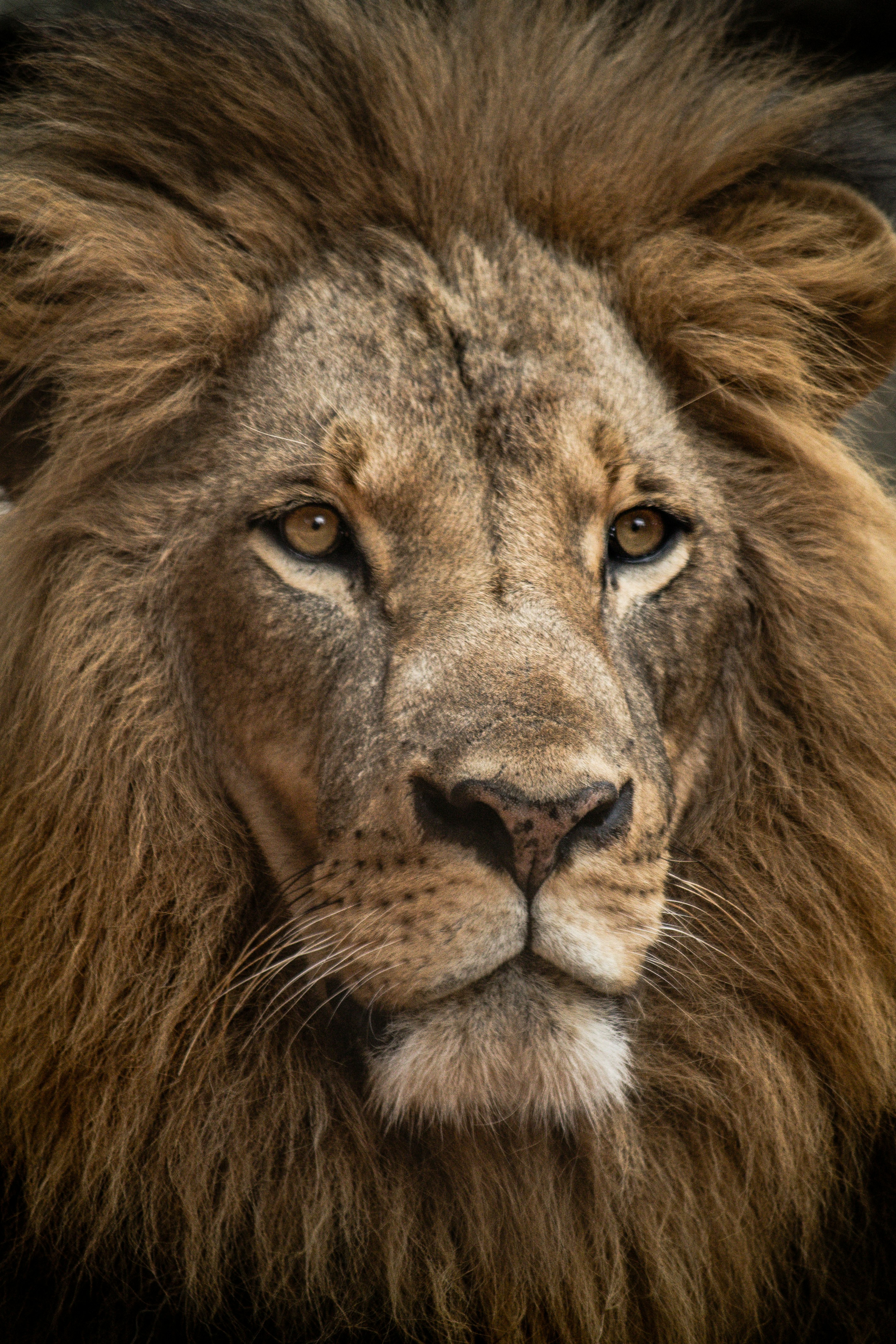Imagine yourself out in the wilderness, surrounded by the beauty of nature. As you navigate through the untamed terrain, a thought creeps into your mind: what should you do if you were to encounter a wild animal? Whether it’s a bear, a snake, or a cougar, knowing how to defend yourself is crucial. In this article, we will explore effective strategies that can help you stay safe and confidently handle a potential wild animal attack. From understanding animal behavior to employing self-defense techniques, we’ve got you covered so that you can explore the great outdoors with peace of mind.
Understanding the Behaviors of Wild Animals
When it comes to interacting with wild animals, understanding their behaviors is crucial for your safety. By knowing what signs to look for, you can better assess the situation and potentially avoid any confrontations. Here are a few key behaviors to be aware of:
Knowing the signs of aggression
Wild animals display various signs of aggression when they feel threatened or cornered. These signs can include growling, baring teeth, lunging, or raising their fur or feathers. It’s important to recognize these signs and give the animal plenty of space to de-escalate the situation.
Identifying territorial behaviors
Wild animals are highly protective of their territories, and when humans or other animals enter these spaces, they can become defensive. Examples of territorial behaviors may include marking their territory, creating warning vocalizations, or engaging in aggressive posturing. Being mindful of signs of territorial behavior can help you avoid conflicts.
Recognizing signs of fear or threat
Wild animals also exhibit signs of fear or perceived threat. These signs can vary depending on the species but may include freezing in place, exhibiting excessive grooming behaviors, or attempting to flee. Recognizing these signs can help you understand when an animal feels threatened and avoid any actions that may provoke them further.
Prevention of Wild Animal Attacks
While understanding animal behaviors is essential, preventing a wild animal attack is the best course of action. By following these preventive measures, you can minimize the chances of an unfortunate encounter:
Maintaining a safe distance
When encountering wild animals, it is important to keep a safe distance. This distance will vary depending on the species but generally ranges from 100 to 300 feet. By keeping a respectful distance, you reduce the likelihood of surprising or provoking the animal.
Avoiding feeding wild animals
Feeding wild animals may seem harmless or even enjoyable, but it can have dangerous consequences. By feeding them, you encourage dependency on humans and may inadvertently condition them to associate humans with a food source. This can lead to aggressive behaviors when food is not provided, increasing the risk of an attack.
Hiking or camping in groups
When venturing into the wilderness, it is advisable to hike or camp in groups. Animals are less likely to approach a larger group, as they perceive it as a potential threat. Additionally, having others around can provide support and assistance in case of an unexpected encounter.
Staying away from young animals and nests
Many wild animals become extremely protective when it comes to their offspring or nests. Approach with caution and never attempt to interact with or approach young animals. Doing so can be perceived as a threat, potentially triggering an attack.

In Case of Encountering a Wild Animal
Even with precautionary measures, it’s still possible to encounter a wild animal while exploring nature. If you find yourself face to face with a potentially dangerous animal, remember these steps to increase your chances of a safe outcome:
Making yourself look bigger
When confronted by a wild animal, making yourself appear larger can help deter an attack. Stand upright, raise your arms above your head, and spread your jacket or backpack to increase your visual presence. This can intimidate the animal and discourage them from pursuing aggressive behavior.
Avoiding direct eye contact
Direct eye contact can be interpreted as a challenge or threat by wild animals. Instead, keep your gaze averted while still being vigilant of the animal’s movements and behavior. By avoiding eye contact, you reduce the chance of escalating tension or triggering an attack.
Backing away slowly
If you find yourself in a close encounter with a wild animal, it’s important to back away slowly without turning your back to the animal. Sudden movements can startle or provoke the animal, potentially leading to an attack. Maintain a calm demeanor, and steadily create distance between yourself and the animal.
Responding to an Attack
While rare, wild animal attacks can occur. If all preventive measures fail and you find yourself under attack, it’s crucial to respond effectively to increase your chances of survival:
Using any available weapon
If you have any available objects that can be used as weapons, utilize them to defend yourself. Rocks, sticks, or even personal belongings can be used to deter the animal. Aim for sensitive areas such as the eyes, nose, or throat in an attempt to halt the attack.
Aiming for sensitive areas
When defending yourself against a wild animal, targeting sensitive areas can be effective. Understanding the anatomy of different species is crucial to know where these sensitive areas are located. Striking the nose, eyes, or ears can cause pain and temporarily disorient or deter the animal.
Protecting your head and neck
In the event of an attack, protecting your head and neck becomes of utmost importance. Covering these vital areas with your arms, backpack, or any available object can provide some defense against potential bites or scratches. By shielding these areas, you reduce the risk of critical injuries.
Playing dead when necessary
In some cases, playing dead may be the best course of action when encountering certain species. This strategy is often effective with bears, as they may lose interest in an unresponsive target. It’s important to research species-specific tactics beforehand to determine if playing dead is appropriate.
Specific Strategies for Different Animals
Different species require tailored approaches when it comes to self-defense. Here are specific strategies for encountering some common wild animals:
Self-defense against bears
If you come across a bear, it’s crucial to remain calm and avoid sudden movements. Depending on the species of bear and the situation, strategies may include using bear spray, making noise to deter it, or slowly backing away without turning your back.
How to handle a moose encounter
When encountering a moose, it’s important to give it plenty of space and avoid getting between a moose and its calves. Maintaining a safe distance and slowly backing away is recommended. In the event of an aggressive charge, find any available cover or shelter to protect yourself.
Surviving a wolf attack
In the unlikely event of a wolf attack, it’s crucial to assert dominance and appear as a threat rather than prey. Make noise, maintain eye contact, and stand tall to discourage the wolf’s advances. If an attack occurs, fight back aggressively and aim for vulnerable areas such as the eyes or snout.
Reacting to a mountain lion approach
When encountering a mountain lion, it’s important to give it space and avoid turning your back. Make yourself appear larger by opening your jacket or raising your arms. If a mountain lion does attack, fight back with any available means and focus your efforts on protecting your head and neck.
Using Defensive Tools and Techniques
In addition to understanding animal behaviors and employing preventive measures, utilizing defensive tools and techniques can enhance your safety in the wilderness:
Using bear spray
Bear spray is a highly effective deterrent when it comes to bear encounters. Always carry bear spray in accessible locations, such as on your belt or in a side pocket of your backpack. Familiarize yourself with its proper use and be ready to deploy it if necessary.
Wielding a hiking stick or other improvised weapon
A sturdy hiking stick can be a valuable tool for defending yourself against certain animals. It can provide distance between you and the animal, allowing you to maintain a safer distance while deterring any aggressive behavior. Other improvised weapons may include rocks or trekking poles.
Utilizing loud noises
Loud noises can startle and deter many wild animals, potentially preventing an attack. Carry a whistle or an air horn that you can use as a deterrent. Yelling, clapping, or making any other loud noise may also help in creating distance between yourself and the animal.
Knowing When to Run and When to Stand Your Ground
Understanding whether to run or stand your ground in the face of an approaching animal can be a life-saving decision:
Understanding predator vs prey instincts
Predatory animals are more likely to be triggered to chase fleeing prey. Running away from a predator, such as a cougar or a bear, can potentially trigger their instinct to pursue. It’s important to understand the different behaviors of predators versus prey and act accordingly in such situations.
Identifying chase triggers in wild animals
Some animals may perceive certain actions as triggers to chase. Running, biking, or sudden movements can activate a predator’s instinct to give chase. By avoiding these triggers, you decrease the chances of being pursued and potentially attacked.
Getting Medical Help After an Attack
If you have been involved in a wild animal attack, seeking immediate medical attention is vital:
Knowing when to seek medical attention
Even if the wounds are not immediately life-threatening, it’s crucial to seek medical attention following a wild animal attack. Infections, rabies, or other diseases may be transmitted through bites or scratches. A healthcare professional can assess your injuries, administer necessary treatments, and provide preventive measures against potential diseases.
Dealing with wounds and injuries
While waiting for medical assistance, it’s essential to prioritize first aid for any wounds or injuries. Cleanse the wounds gently with clean water, if available, and apply pressure to control bleeding. Cover the wounds with sterile dressings or clean fabric to reduce the risk of infection.
Understanding the risks of disease transmission
Wild animals can carry diseases that are transmissible to humans. Rabies is a significant concern, so it’s essential to contact healthcare professionals to evaluate the potential risk and administer post-exposure prophylaxis, if necessary. Additionally, tetanus shots may be required depending on the nature of the injury.
Attending Wilderness Survival Training
To enhance your skills for safely navigating the wilderness, consider attending wilderness survival training:
Finding appropriate courses
Numerous organizations offer wilderness survival training, ranging from basic to advanced levels. Research local outdoor and survival schools to find reputable courses that provide comprehensive training on wilderness safety, handling encounters with wild animals, and other life-saving skills.
Learning life-saving skills and techniques
Wilderness survival training equips you with valuable skills and techniques to effectively respond to unexpected encounters and emergency situations. Skills such as navigation, fire building, and first aid can greatly increase your chances of surviving and minimizing risks when interacting with wild animals.
Advocating for Wildlife Conservation
Lastly, it’s essential to understand the importance of wildlife conservation and actively promote measures to protect these animals and their habitats:
Understanding the role of human habitat encroachment
Human activities, including habitat destruction and encroachment, directly impact the habitats of wild animals. By understanding the consequences of these actions, we can make more informed choices to mitigate the negative impact on wildlife.
Promoting non-lethal animal control measures
Rather than resorting to lethal measures to control wild animal populations, advocate for non-lethal alternatives. Encourage the use of deterrents, habitat preservation, and responsible land management practices that prioritize the coexistence of humans and wildlife.
Recognizing the importance of biodiversity and habitat preservation
Biodiversity plays a crucial role in maintaining healthy ecosystems. By recognizing the importance of biodiversity and actively supporting habitat preservation measures, we can help protect the delicate balance of nature and ensure the survival of diverse wildlife populations.
In conclusion, understanding the behaviors of wild animals and taking preventive measures are key to reducing the risk of wild animal attacks. By familiarizing yourself with specific strategies for different animals and utilizing defensive tools and techniques, you can enhance your safety in the wilderness. Remember to seek medical help if necessary and consider attending wilderness survival training to further enhance your skills. Finally, advocating for wildlife conservation is crucial in ensuring the long-term coexistence and preservation of these magnificent creatures.


